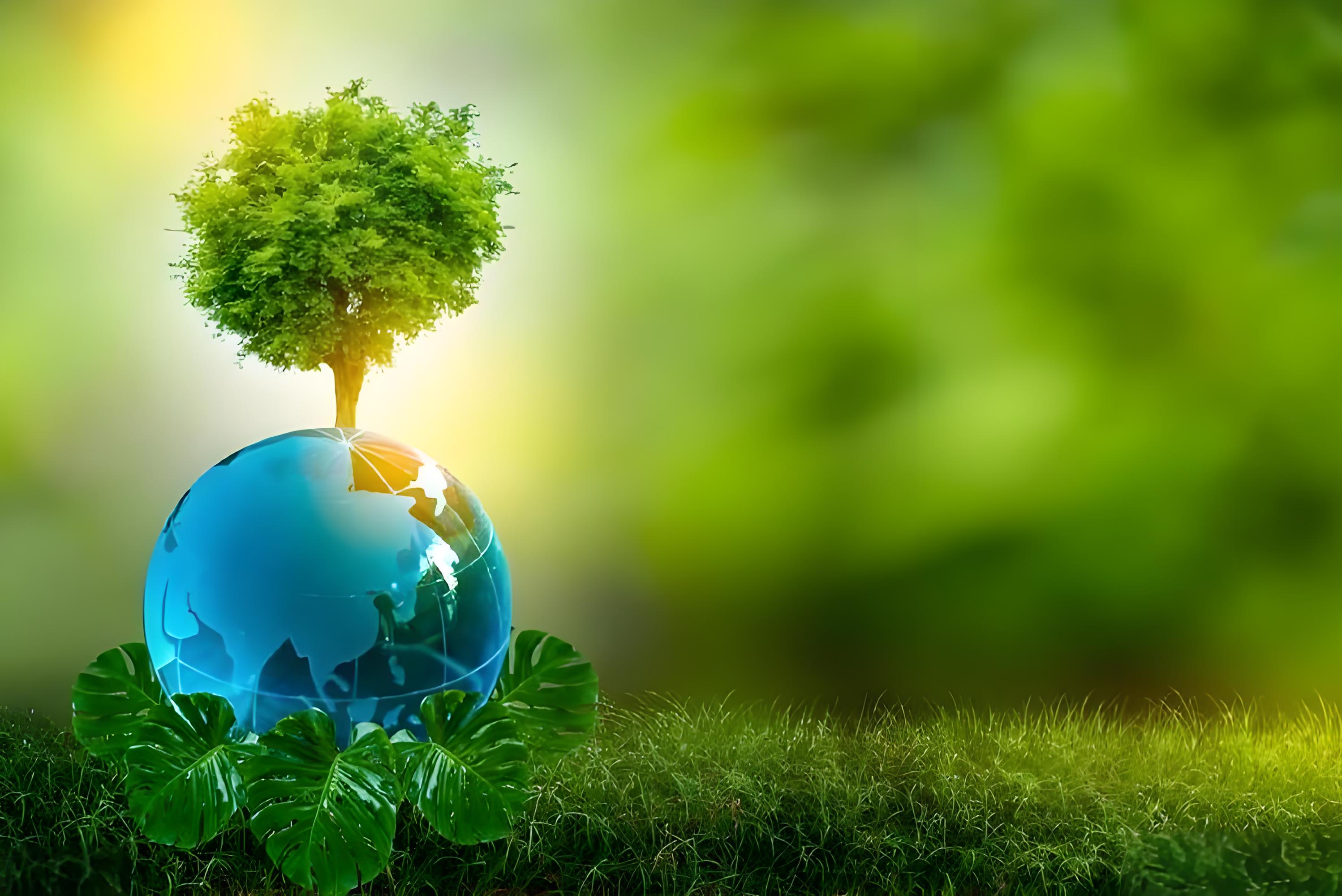Hits: 367 img

In the global effort to combat climate change and environmental
pollution, silicone rubber has emerged as a key participant in the "green
revolution" due to its unique properties.
"Super Sponge" for Marine Oil Spill Cleanup
Traditional oil-absorbing materials are prone to saturation and
difficult to recycle. In contrast, silicone rubber-based oil-absorbing felt,
treated with surface fluorination, enables efficient oil absorption and
recycling. Its oil-water selective adsorption characteristics play a critical
role in marine oil spill cleanup, effectively reducing ecological damage.
"Ecological Guardian" for Degradable Packaging
Conventional plastics take centuries to decompose, but eco-friendly
materials combining silicone rubber and starch decompose rapidly under
composting conditions. This material not only reduces carbon footprints but
also extends food freshness, showing potential in fresh produce packaging and
express delivery cushioning.
"Molecular Sieve" for Industrial Exhaust
By adjusting the gas permeability selectivity of silicone rubber
membranes, CO₂ and VOCs in industrial exhaust can be efficiently separated. This
technology is widely used in carbon capture and solvent recovery, significantly
reducing energy consumption and pollution emissions.
"Green Disassembly" of Electronic Waste
As an encapsulation material for electronic components, silicone rubber enables precious metal recovery through microwave pyrolysis. This process emits no harmful gases and is more environmentally friendly than traditional acid leaching, supporting the circular economy.
Conclusion
Silicone rubber is evolving from an "industrial material"
to an "ecological engineer," demonstrating green potential in oil
spill cleanup, degradable packaging, and exhaust .
With the advancement of the circular economy, it may become a vital guardian of
the planet’s ecosystem.
General Purpose Grade Liquid Silicone Rubber – MY-LSR20 AB